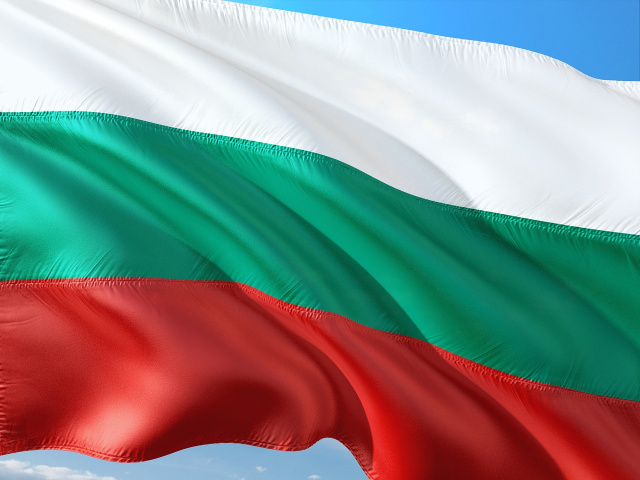
In a recent publication by Eurostat on Wednesday, illuminating insights into hourly labour costs across the European Union (EU) for the year 2023 have been unveiled, indicating a significant uptick compared to the preceding year.
The report unveils a landscape where the average hourly labour costs for the entire EU economy surged to EUR 31.8, marking a notable increase from EUR 30.2 in 2022.
Similarly, within the euro area, costs rose to EUR 35.6 from EUR 34.0 in 2022, showcasing a tangible shift in the economic dynamics.
Labour costs, which encompass wages, salaries, and non-wage expenses such as employers’ social contributions, vary considerably among EU member states.
Notably, the data reveal the lowest hourly labour costs in Bulgaria (EUR 9.3), Romania (EUR 11.0), and Hungary (EUR 12.8), juxtaposed with the highest costs observed in Luxembourg (EUR 53.9), Denmark (EUR 48.1), and Belgium (EUR 47.1).
Delving deeper into the sectoral breakdown, hourly labour costs in the industry were recorded at EUR 32.2 in the EU and EUR 38.0 in the euro area. Meanwhile, within the construction sector, costs amounted to EUR 28.5 and EUR 31.9, respectively.
In the services sector, hourly labour costs ranged from EUR 31.8 in the EU to EUR 34.8 in the euro area. Moreover, in the predominantly non-business economy, excluding public administration, costs were estimated at EUR 32.4 and EUR 35.7, respectively.
The year-on-year comparison from 2022 to 2023 reveals a significant surge in hourly labour costs at the whole economy level, with a 5.3% increase in the EU and a 4.8% rise in the euro area.
Particularly noteworthy is the upward trend observed in EU countries outside the euro area, where hourly labour costs expressed in national currency witnessed a uniform rise.
Hungary experienced the most significant uptick at +17.0%, followed closely by Romania (+16.5%), Bulgaria (+14.0%), and Poland (+12.4%). In contrast, Denmark witnessed the smallest increase at +2.7%.
This notable rise in hourly labour costs underscores evolving economic dynamics within the EU, with implications for businesses, policymakers, and workers alike.
As labour costs continue to trend upwards, businesses may face heightened operational expenses, potentially impacting profitability and competitiveness.
Moreover, policymakers may need to navigate these shifts to ensure sustainable economic growth and address potential disparities among member states.
The surge in hourly labour costs across various sectors and countries also reflects broader trends in the European economic landscape, influenced by factors such as inflation, wage dynamics, and regulatory frameworks.
Understanding these nuances is crucial for stakeholders to formulate informed strategies and policies to navigate the evolving labour market landscape effectively.
As the EU economy continues to evolve, closely monitoring and analyzing labour cost trends will remain essential for stakeholders across sectors.
Comprehensive insights, such as those provided by Eurostat, can help stakeholders better anticipate and adapt to the changing dynamics, fostering resilience and prosperity in the European labour market.
This article was created using automation and was thoroughly edited and fact-checked by one of our editorial staff members
